The unmistakeable basset hound is a Friendly chap who relishes human company and doesn't place enormous demands on its owner. Bred for hunting but pretty laid back, this distinctive dog is a great companion which is good with children and which is rarely destructive.
Which breed group is the basset hound in?
Breed group: Hound
Basset hound breed history
Originating in France, the basset hound is a singular dog which probably evolved from the St. Hubert hound. It is likely that a mutation appeared accidently and was then bred from to create a new breed. The word basset means 'low' in French and refers to the short legs of these dogs.
Breeding of the basset hound may have begun when its talent for tracking rabbits was discovered. The breed was first mentioned in writing in the 16th century and the dogs became popular with the aristocracy. However, after the French Revolution, they found favour with commoners who needed hunting dogs that they could keep up with on foot as they couldn't afford to keep horses. The dogs first arrived in Britain in 1866. In 1874, Sir Everett Millais imported a basset from France and began a breeding programme which raised the profile of these memorable dogs.
Alexandra, Princess of Wales, kept Basset Hounds in the royal kennels and their popularity really took off when they appeared in adverts for Hush Puppy shoes in the 1960s.
Basset hound breed characteristics
There's no appropriate word other than extraordinary to describe the appearance of the basset hound! They are big dogs with very short legs and boast surprising stamina. Their large heads are dome-shaped, they have dark eyes and somewhat serious expressions. Their long ears are set low on their heads and this contributes to their distinctive appearance. Basset hounds possess muscular legs which can be wrinkled together with prominent breast bones and their tails are carried high with a slight curve. Their coats are velvety to the touch and short with no feathering and can be red & white, lemon & white, tan & white or tricolour.
As they were bred to work in the fields and forests, these dogs are tenacious hunters, but they generally have placid natures. They can be stubborn characters, especially when they have picked up a scent at which point they may choose to ignore a command. Bassets enjoy human company and are loyal companions.
- Lifespan: 11-12 years
- Height: up to 38cm
- Weight: up to 34kg
- Large bodies and heads
- Short legs
- Muscular
- Impressive stamina
- Velvety coats
- Long tails carried high
- Tendency to bark
- Stubborn streak
- Loyal
- Friendly
- Placid
Health issues with basset hounds
- Basset hounds are prone to the following health conditions:
- Entropion ( Eyelids Folding Inwards )
- Ectropion ( Eyelids Roll Outwards )
- Primary glaucoma (Poag) - testing available
- Invertebral disc disease
- Elbow Dysplasia - test available
- Malassezia Pachydermatitis - a skin condition
- Bloat/gastric torsion
What is the basset hound bred for?
Basset hounds were originally bred for hunting rabbits and small animals in meadows and forests. Their short legs ensured that they couldn't move too quickly for owners on foot to keep up with them and they were evolved to have amazing stamina.
What sort of owners does the basset hound suit?
Bassets are gentle and friendly souls which are great with children of all ages. They are excellent family pets and good choices for older owners but can be a challenge to train due to their stubborn streak. For this reason, inexperienced owners may find them difficult, particularly as they can be hard to toilet train. They do shed but don't require intensive grooming and some people might find their doggy smell off-putting. Bassets need only a moderate amount of exercise which makes them a good choice for life in urban areas and they can generally be left home alone for short periods without experiencing separation anxiety.

